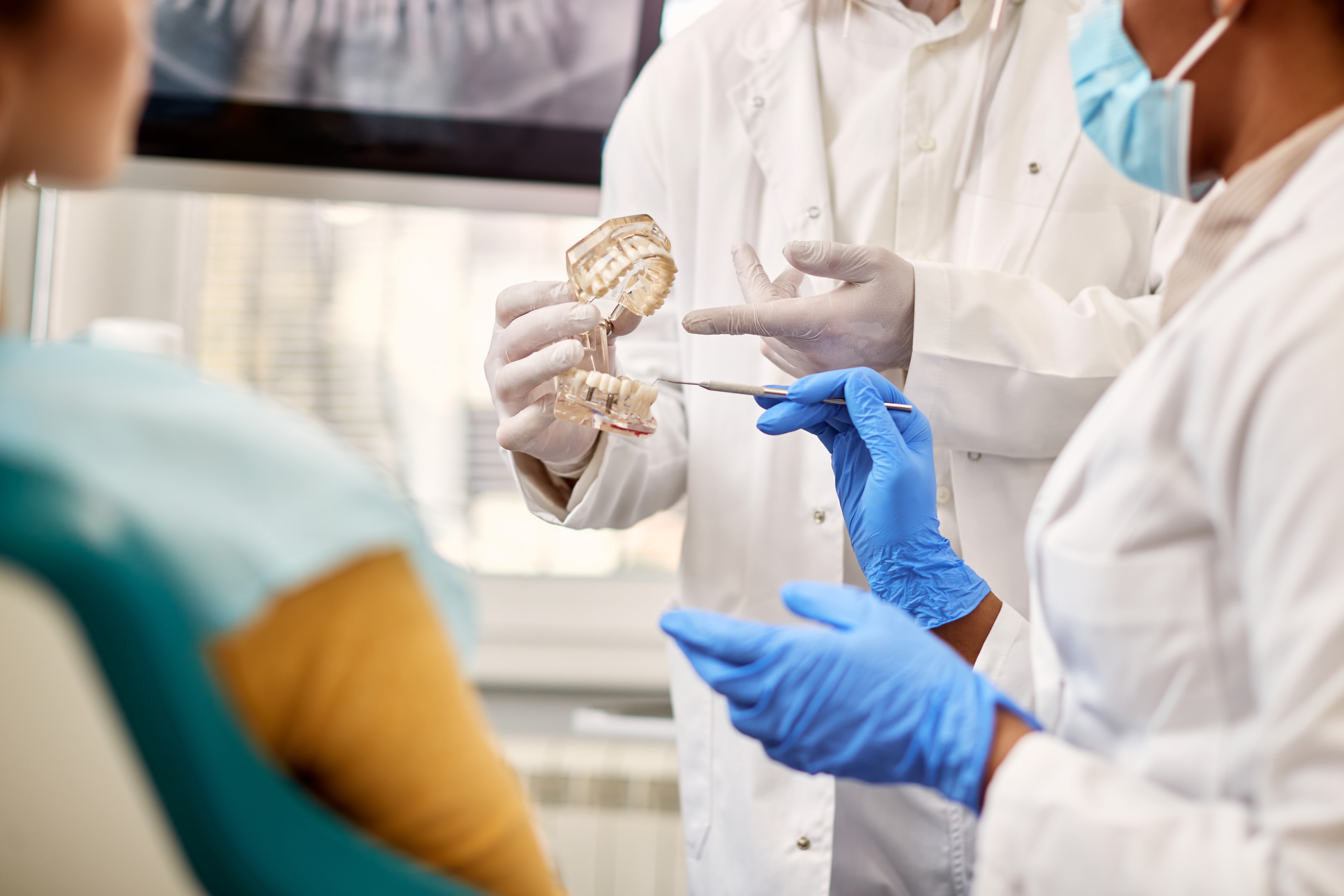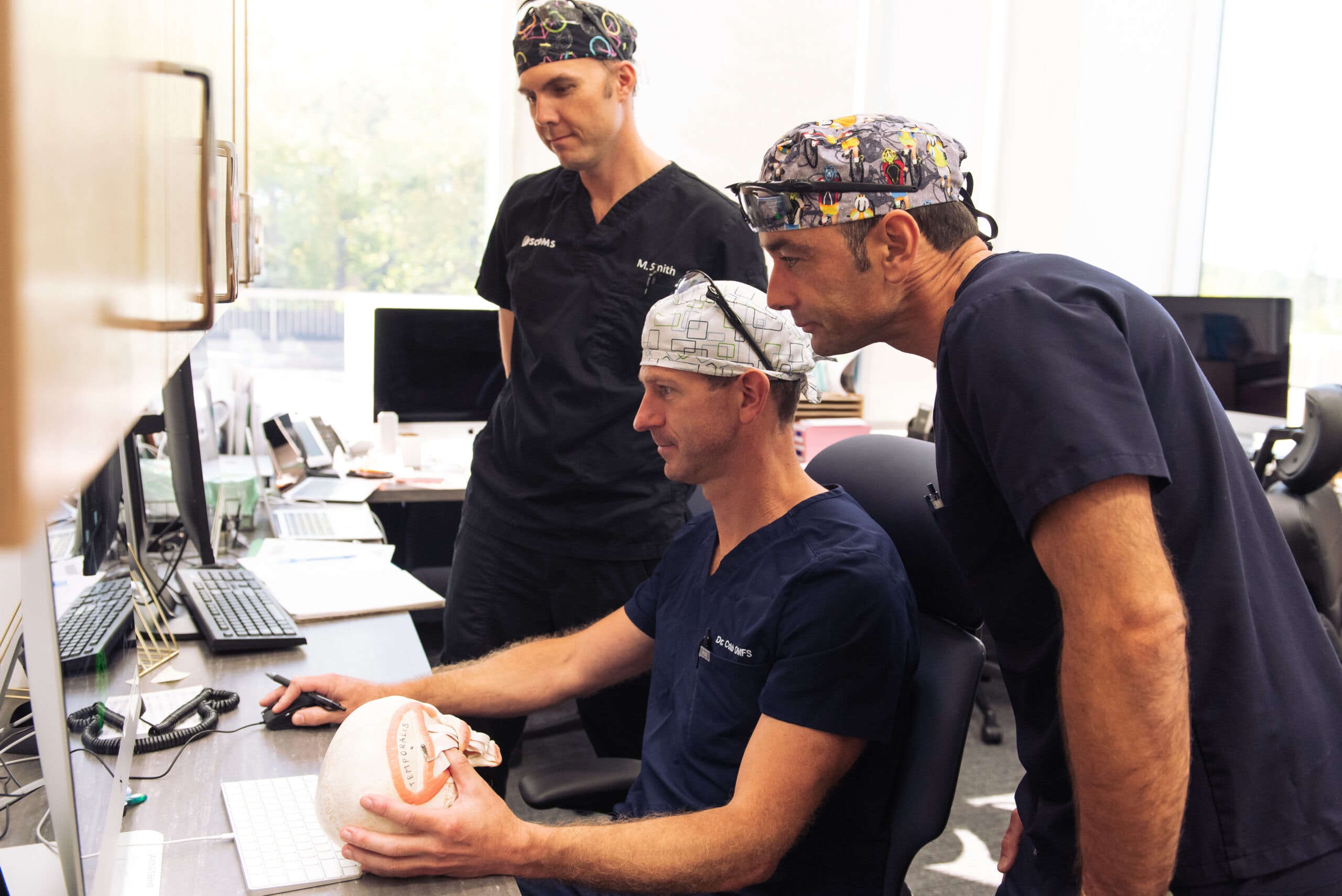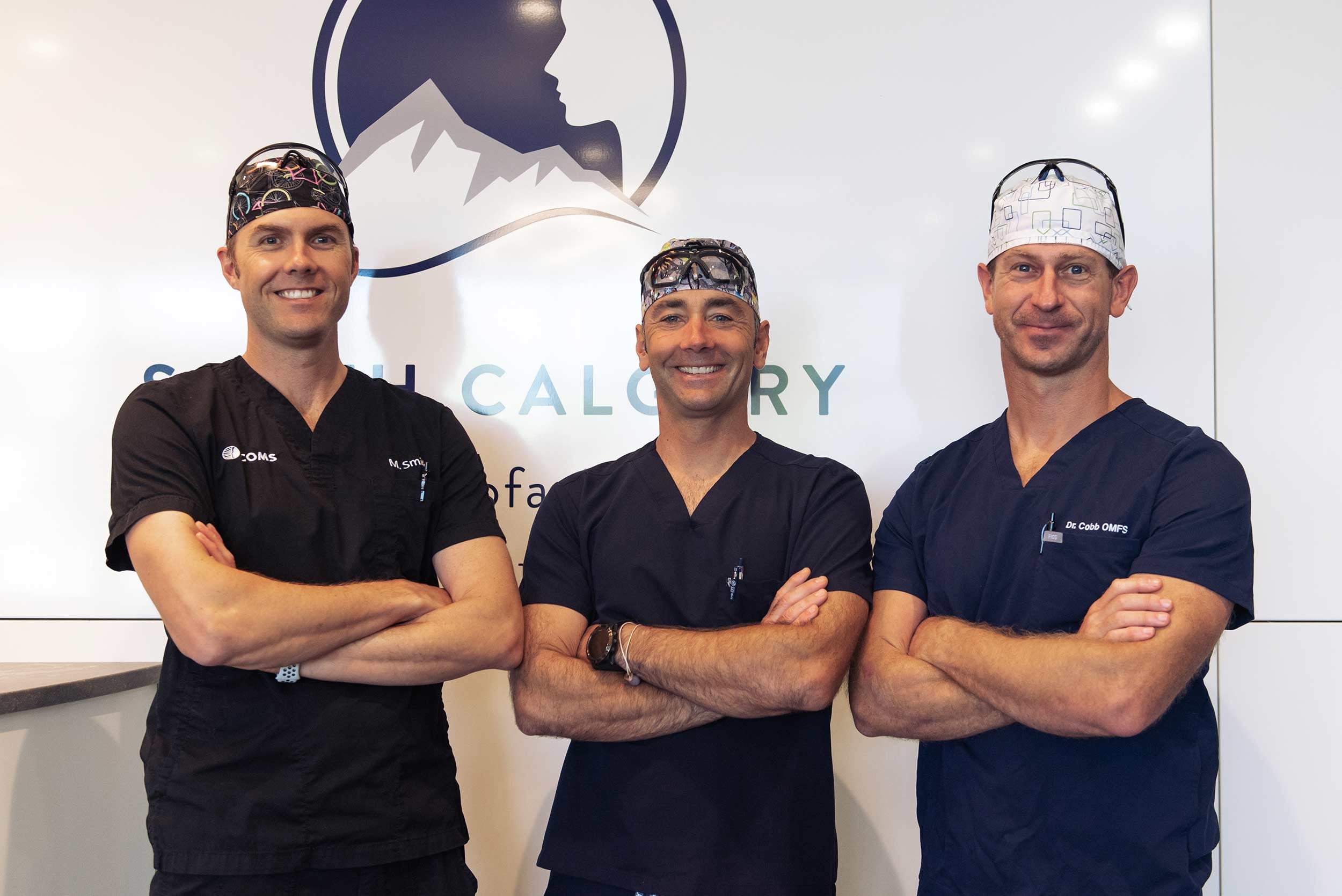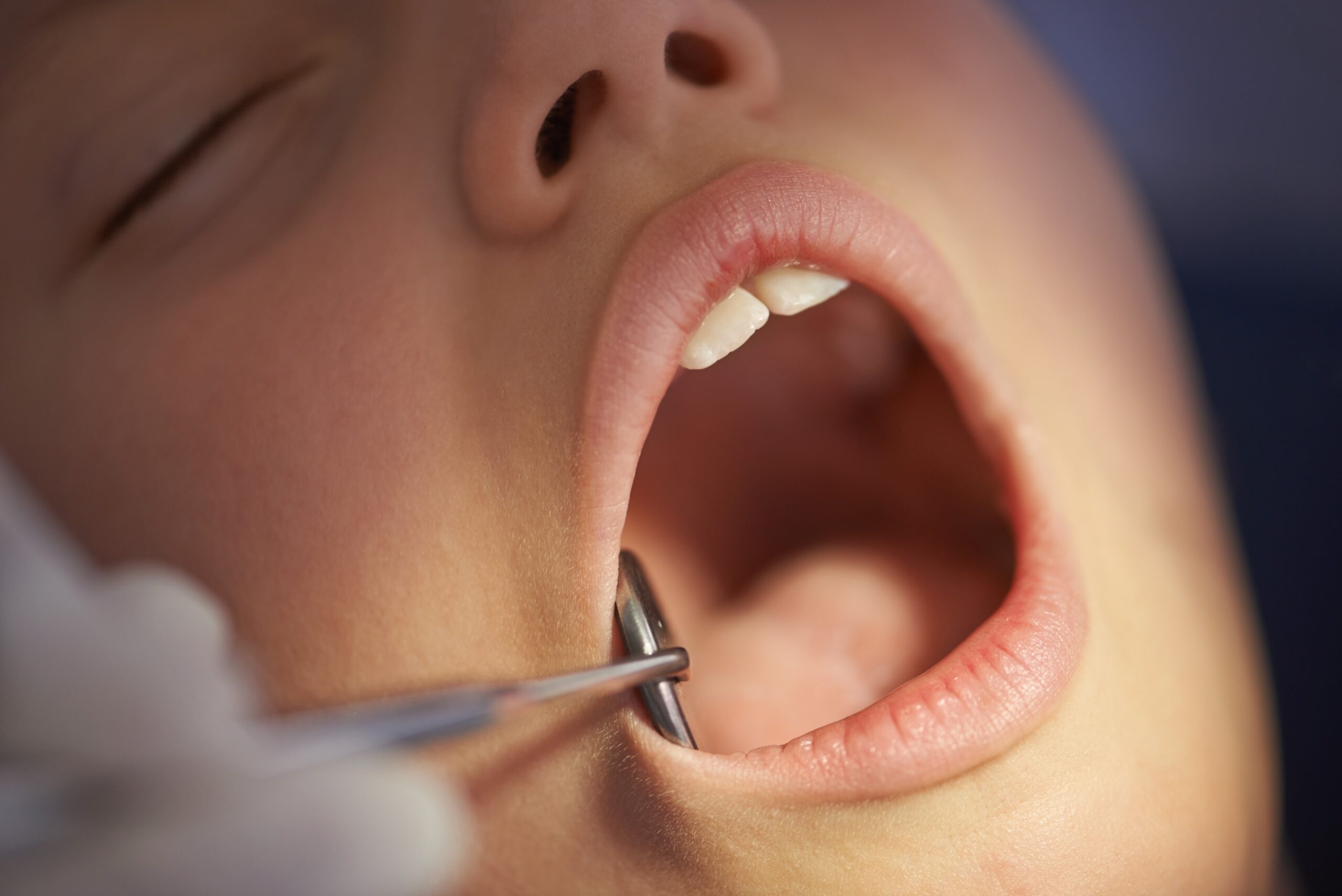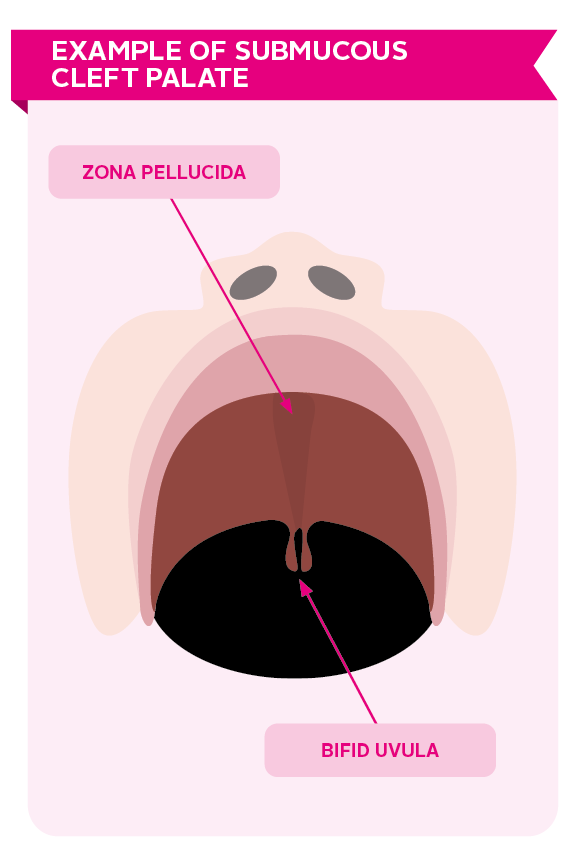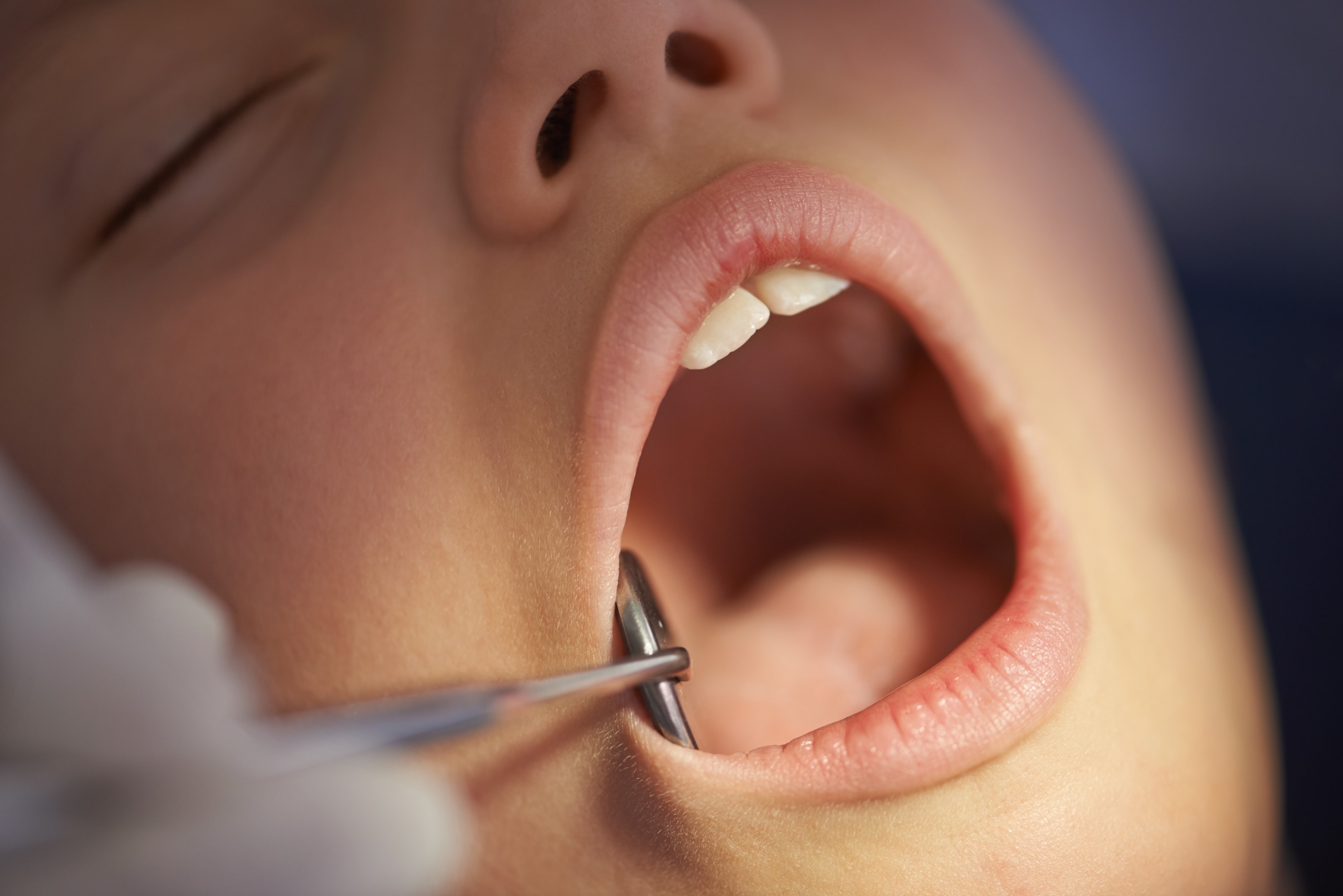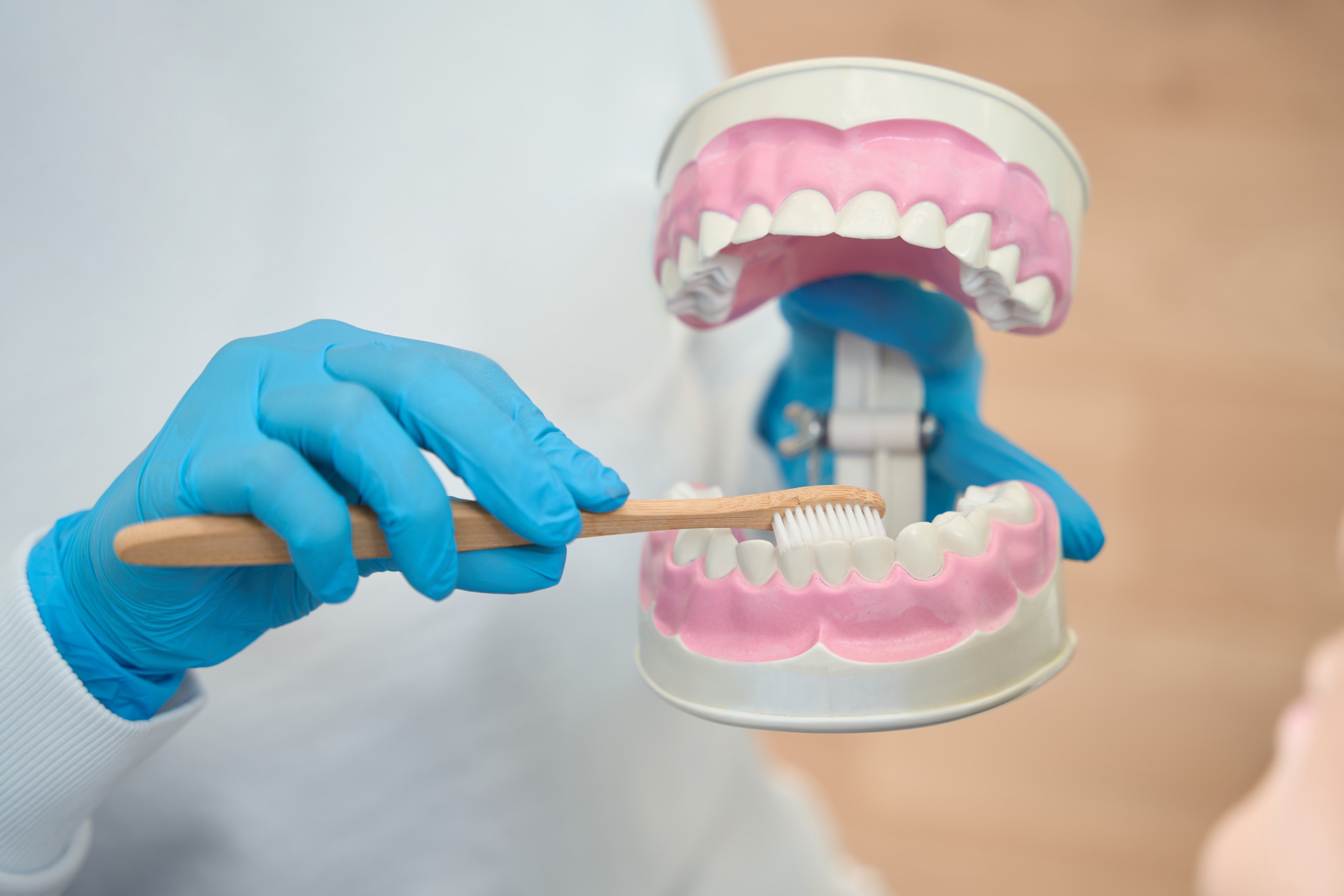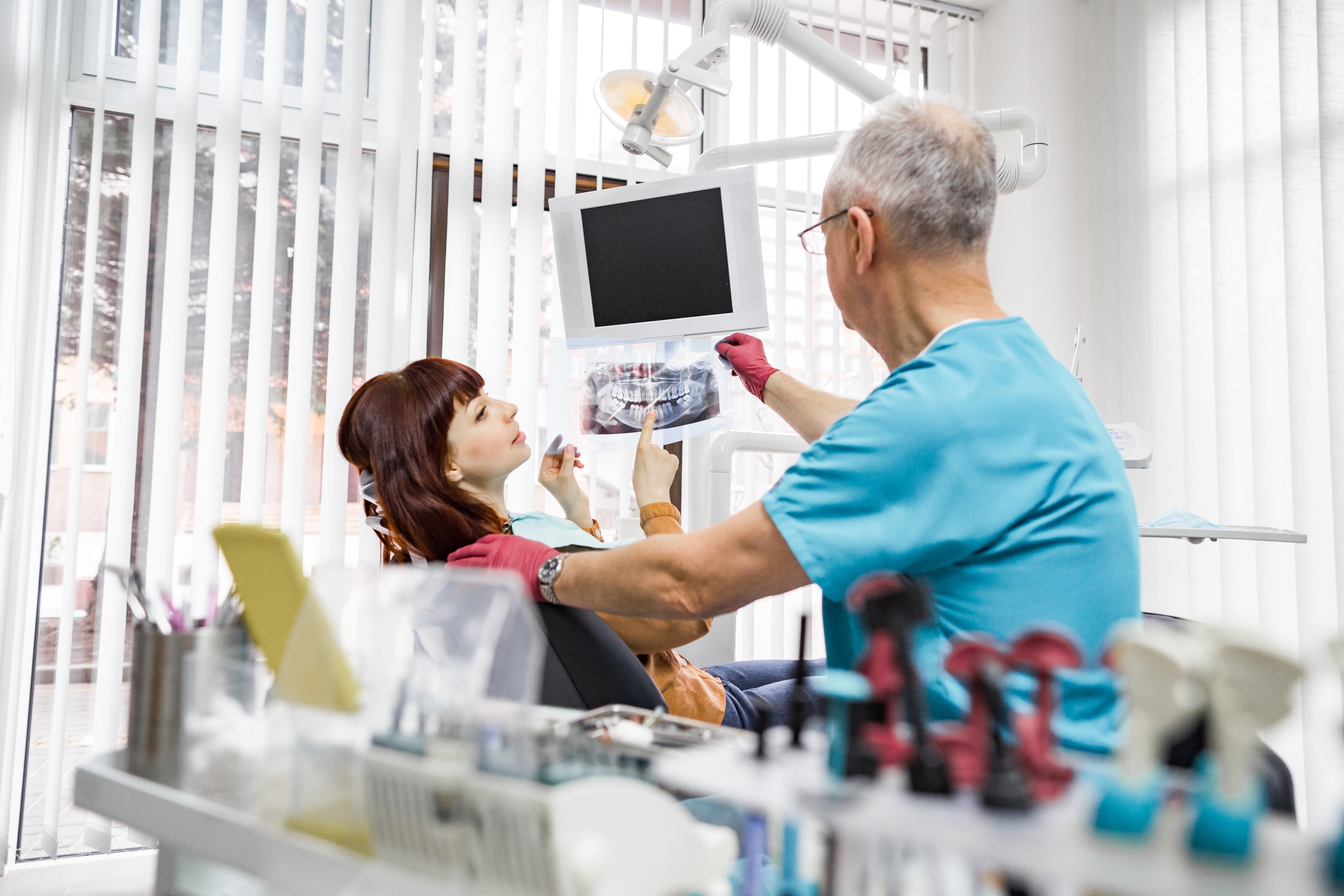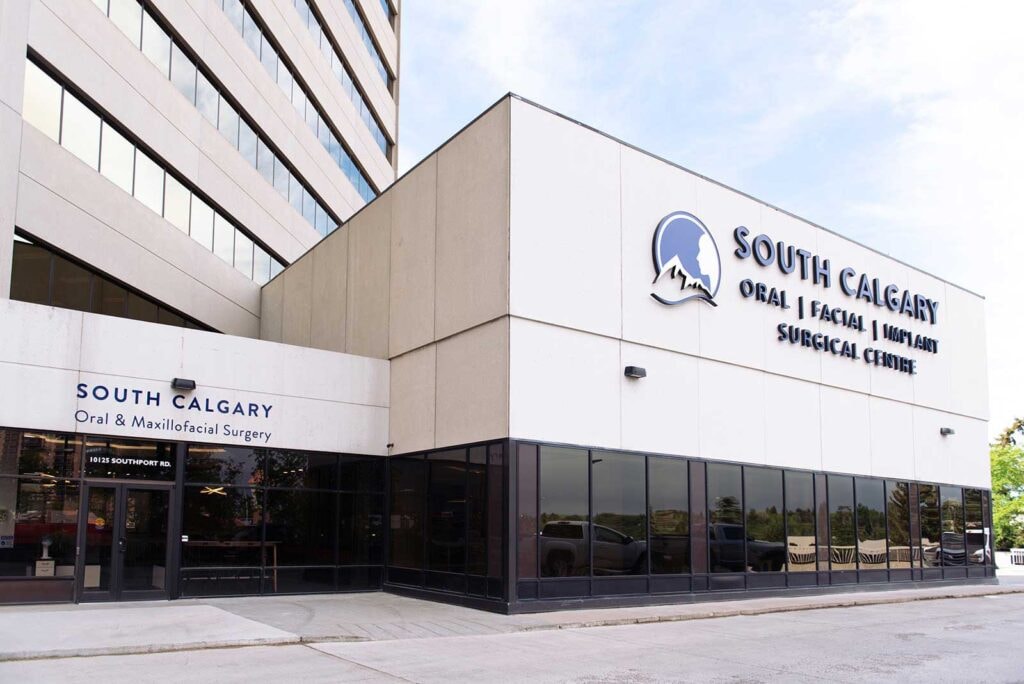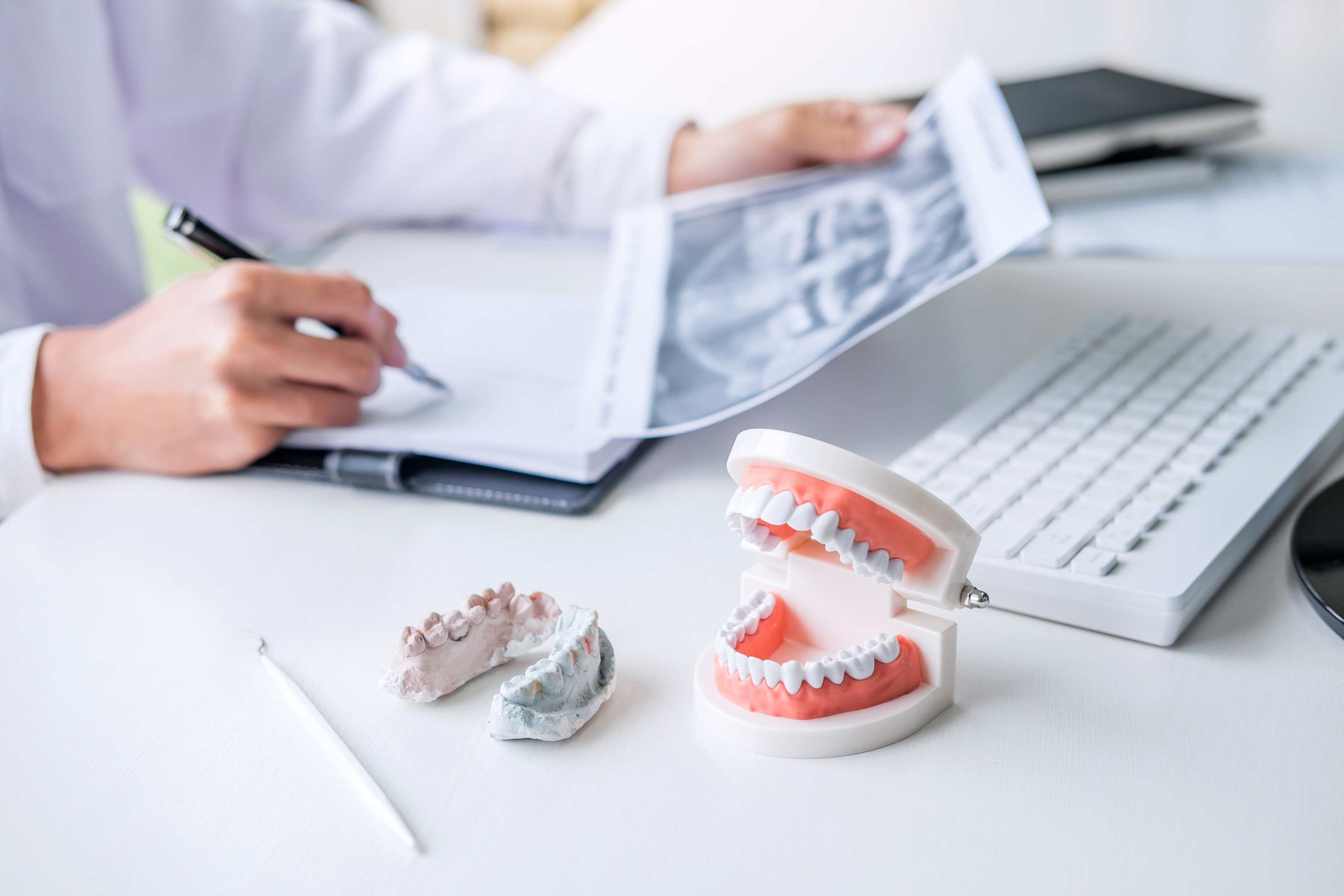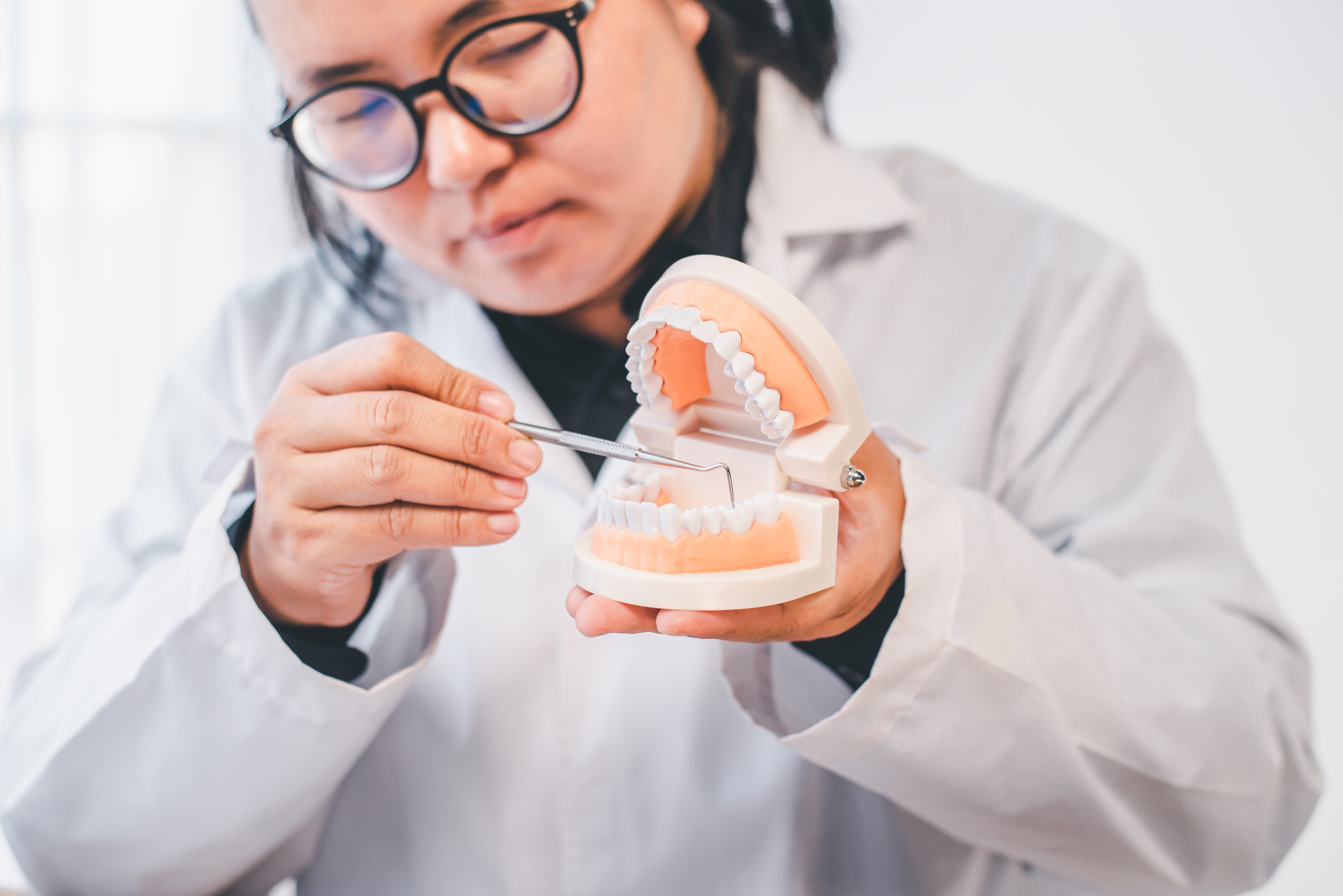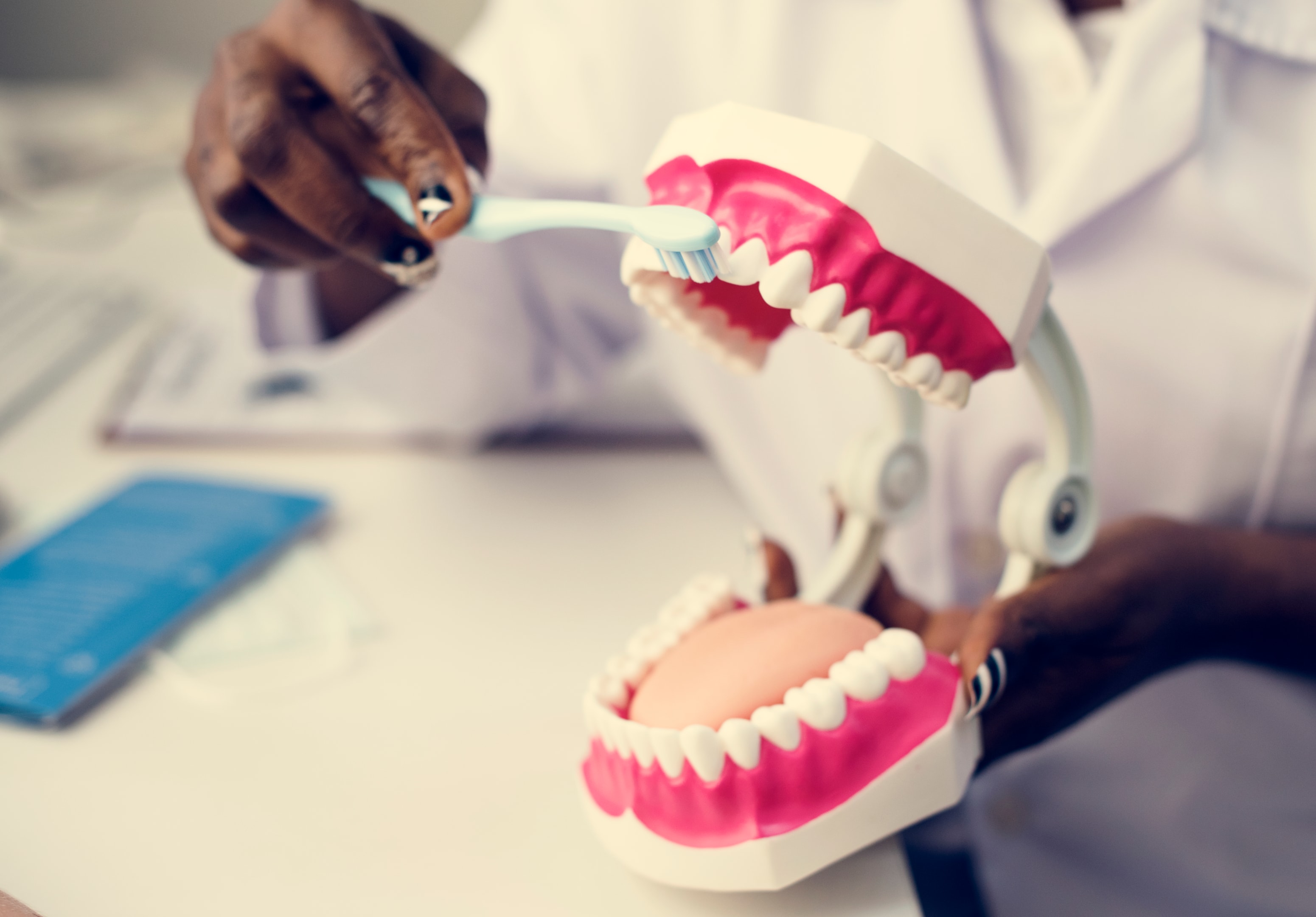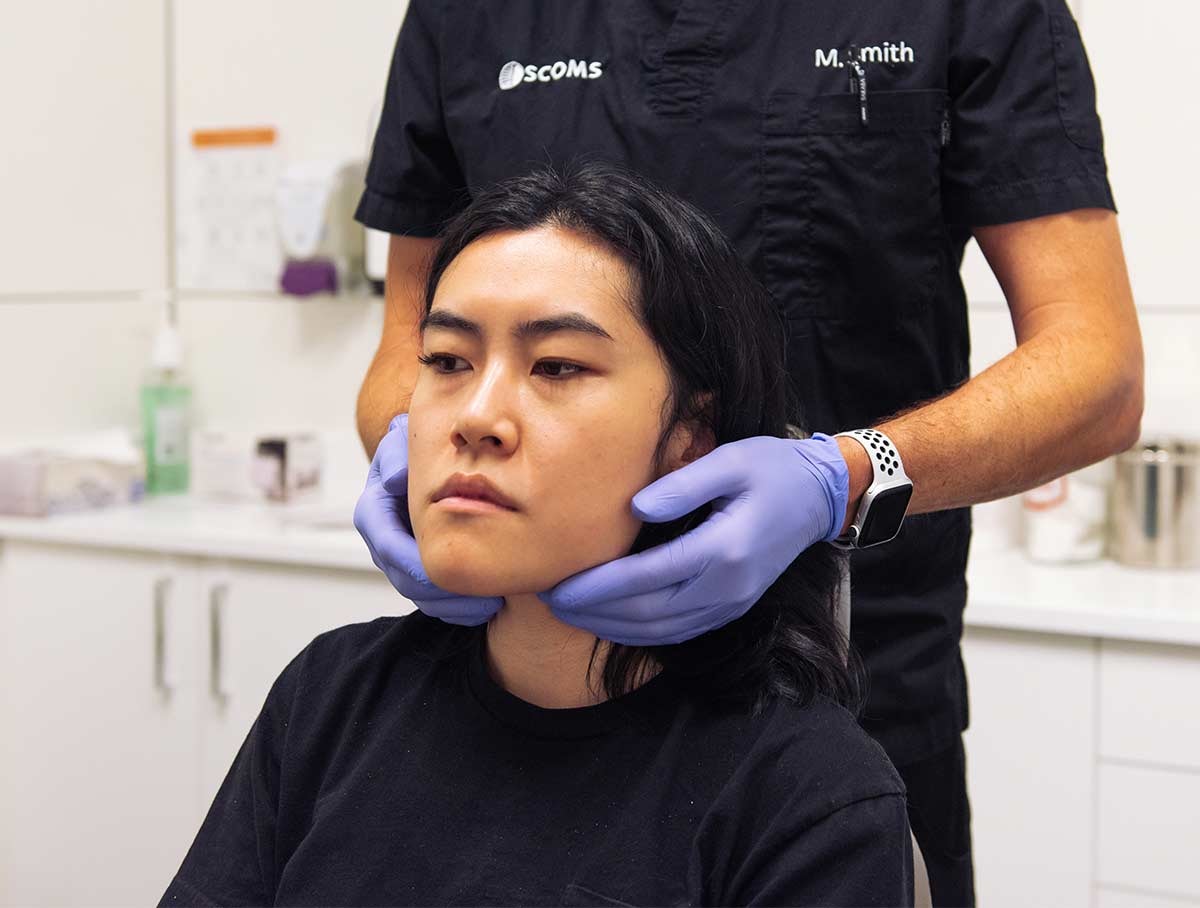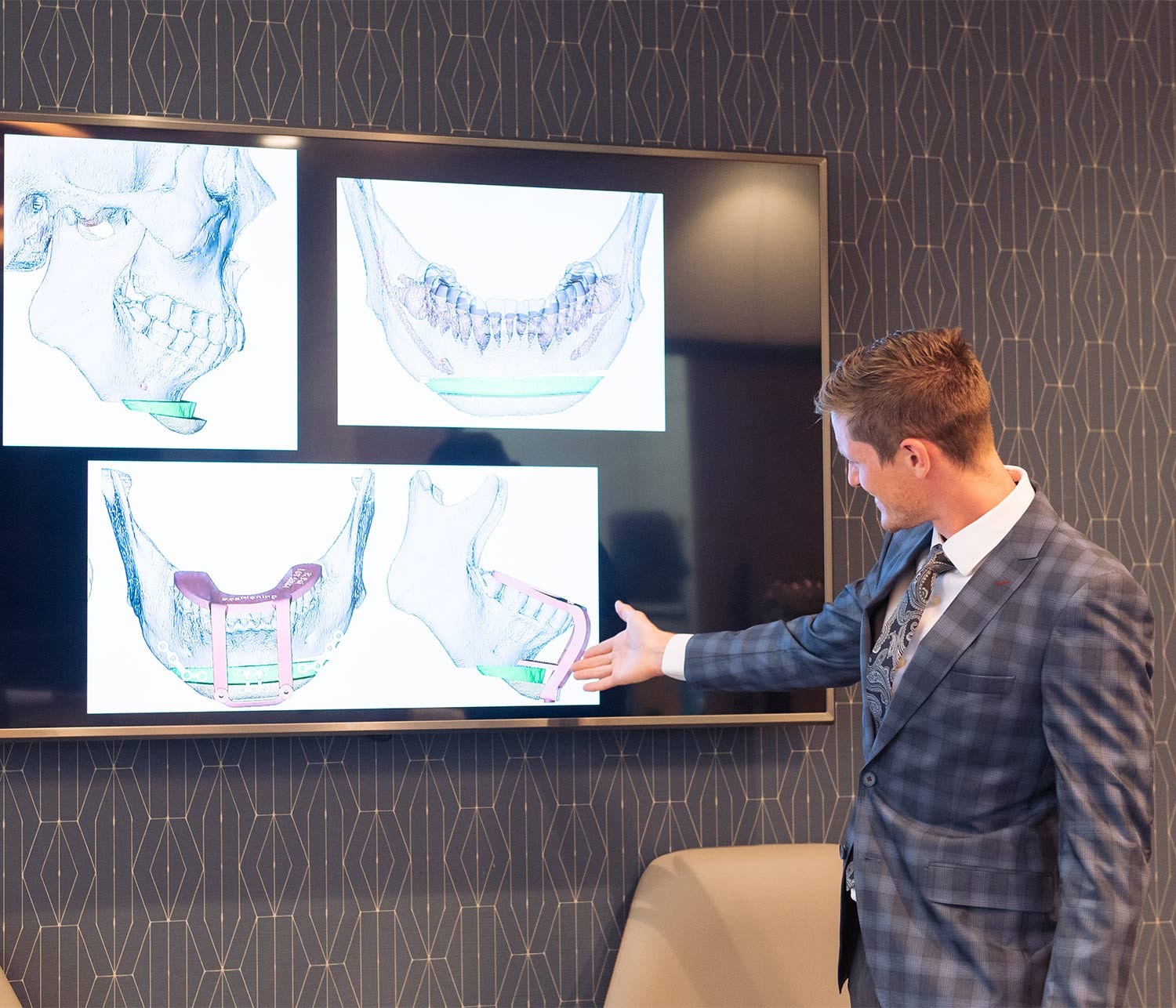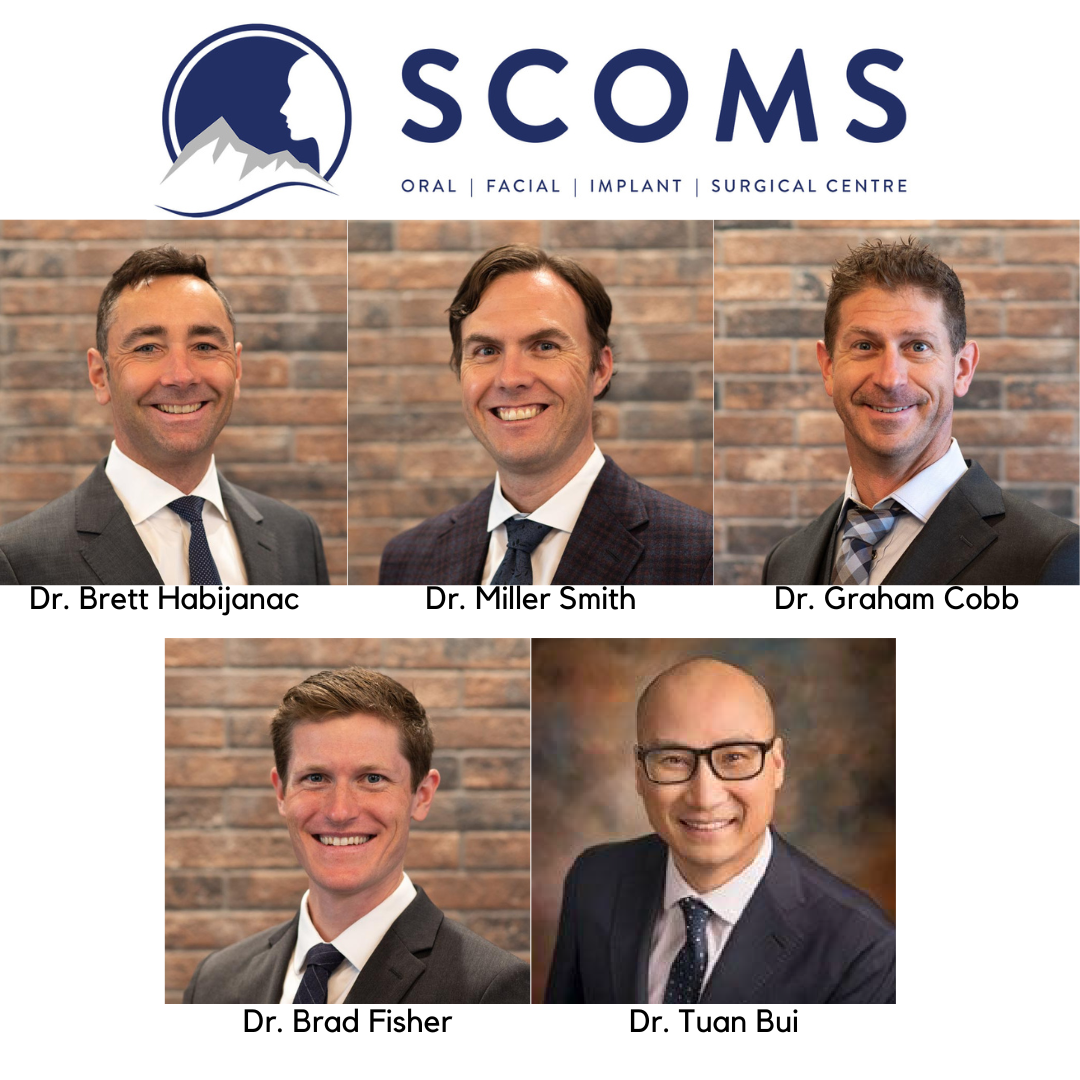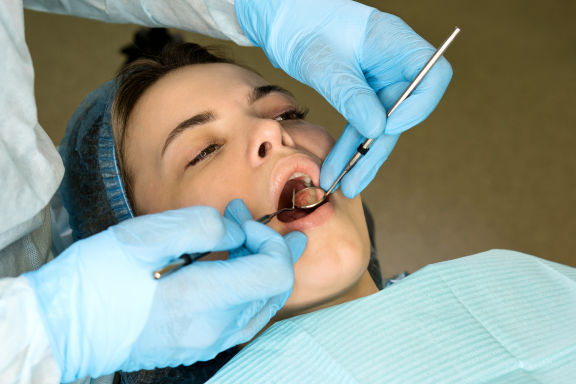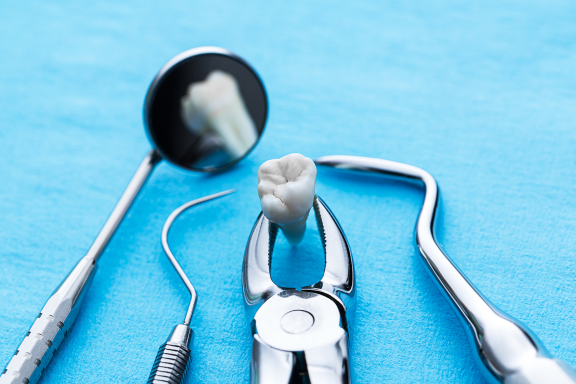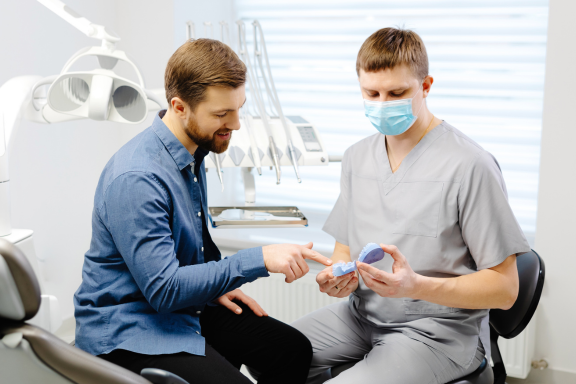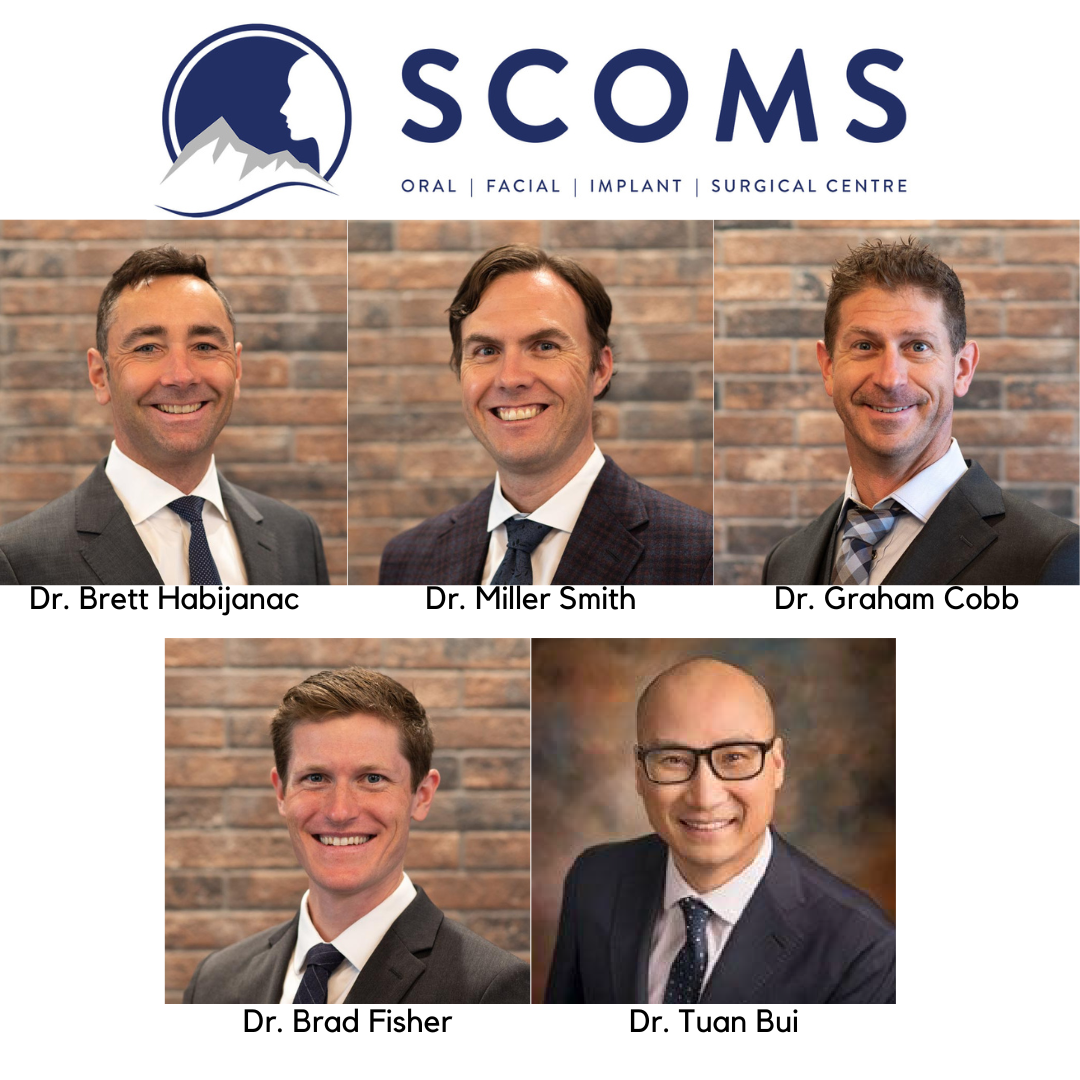Imagine your jawbone is like the foundation of a house. Over time, this foundation might need reinforcement to stay strong and support the structure above. Bone grafting in oral surgery serves a similar purpose, ensuring your dental health remains rock solid. If you’re undergoing a bone graft, you’re probably wondering how to speed up bone graft healing. At South Calgary Oral Surgery, we have the answers you need.
The bone graft healing process involves resting, following a healthy diet, and adhering to your doctor’s instructions.
What is Bone Grafting and Why Consider It?
Bone grafting is a surgical procedure used to repair or rebuild bones through the transplantation of bone tissue. In the context of oral surgery, it’s often used to strengthen the jawbone to support dental implants or other restorative procedures. The bone grafting procedure involves the use of specific bone graft material to rebuild the jawbone. But why might you need a bone graft in the first place?
Bone loss in the jaw can occur for several reasons:
Tooth loss: Missing teeth can lead to bone deterioration over time.
Periodontal disease: Severe gum disease can cause bone loss.
Trauma: Injuries to the jaw can damage the bone structure.
Developmental defects: Some people have naturally less bone in certain areas of their jaw.
The choice of bone graft material can impact the healing time, with synthetic materials typically taking longer to heal compared to autologous (donated) bone grafts. Regardless of the reason, bone grafting is a critical step in restoring both function and aesthetics to your smile.
What Does Bone Grafting Entail?
Bone grafting involves several steps, beginning with an initial consultation with your oral surgeon. Here’s a breakdown of what you can expect:
Consultation and Planning: Your oral surgeon will assess your jawbone’s condition, often using X-rays or CT scans, and discuss the best grafting material for your needs. Common materials include autografts (your own bone), allografts (donor bone), and synthetic options.
Surgery: During the procedure, the grafting material is placed at the bone graft site. This may involve a small incision in the gum to expose the bone, followed by placement of the grafting material and securing it with special membranes or screws.
Healing Process: Post-surgery, your body will begin the process of integrating the graft, which involves the formation of new bone cells around the graft material. Different bone grafting procedures may have varying recovery times.
Understanding this process is the first step in learning how to speed up bone graft healing. Let’s delve into the strategies that can help ensure a smooth and swift recovery.
1. The Role of the Oral Surgeon in Bone Graft Healing
When it comes to bone grafting, the expertise of your oral surgeon is paramount. At South Calgary Oral Surgery, our team of experienced professionals ensures that each step of the process is tailored to your specific needs. Often, the bone grafting procedure is necessary to prepare the jawbone for a dental implant procedure.
Why Choose an Oral Surgeon?
Oral surgeons possess specialized training in complex surgical procedures involving the jaw and face. Their expertise ensures not only the successful placement of the graft but also minimizes potential complications. Here’s how our team can make a difference:
Precision in Procedure: Oral surgeons have the skills to perform delicate procedures with high precision, crucial for successful bone graft integration.
Advanced Techniques: Access to the latest surgical techniques and technology ensures optimal outcomes.
Comprehensive Care: From initial consultation to post-operative care, our team provides continuous support to aid in your recovery.
Practical Tip: Schedule a consultation with a qualified oral surgeon to discuss your specific needs and get a personalized treatment plan.
2. Pre-Surgery Preparation: Setting the Stage for Healing

Preparation is key to a smooth surgery and recovery process. Proper preparation can significantly influence how to speed up bone graft healing. Here are some essential steps:
Medical Evaluation
Before your surgery, a thorough medical evaluation is conducted to ensure you’re in good health and ready for the procedure. This might include blood tests and a review of your medical history.
Dietary Adjustments
Maintaining a healthy diet leading up to your surgery can make a big difference. Focus on nutrient-rich foods that promote bone health, such as:
Calcium-rich foods: Dairy products, leafy greens, and fortified foods.
Vitamin D: Essential for calcium absorption. Get it from sunlight, fatty fish, or supplements.
Protein: Necessary for tissue repair. Include lean meats, beans, and nuts.
Lifestyle Modifications
Certain lifestyle changes can also prepare your body for surgery:
Quit Smoking: Smoking can impede healing and increase the risk of complications.
Limit Alcohol: Excessive alcohol can weaken your immune system and bone density.
Exercise: Regular physical activity strengthens your body and improves overall health.
Practical Tip: Start a pre-surgery health regimen at least two weeks before your procedure for optimal results.
3. Post-Surgery Care: Ensuring a Swift Recovery
After your bone graft surgery, proper care is essential to speed up healing and ensure the success of the graft. Here’s what you should focus on:
It is crucial to keep the surgical site clean to prevent infection and have optimal healing.
Managing Pain and Swelling
It’s normal to experience some discomfort after surgery. Your oral surgeon will prescribe pain relievers and possibly antibiotics to prevent infection. Additionally:
Cold Compresses: Apply ice packs to the affected area to reduce swelling.
Elevate Your Head: Keep your head elevated, especially while sleeping, to minimize swelling.
Dietary Guidelines
Your diet plays a crucial role in your recovery. Initially, stick to soft foods and avoid anything too hot or spicy. Gradually reintroduce solid foods as you heal. Nutrient-rich foods remain essential, so continue focusing on calcium, vitamin D, and protein.
Oral Hygiene
Maintaining good oral hygiene is critical to prevent infection and promote healing:
Gentle Brushing: Use a soft-bristled toothbrush and avoid the graft area initially.
Rinsing: Rinse your mouth with a saline solution or a prescribed mouthwash to keep the area clean.
Avoid Smoking: As before, smoking can significantly delay healing.
Practical Tip: Follow your oral surgeon’s post-operative instructions meticulously to ensure the best possible outcome.
4. Supplements and Medications: Boosting Bone Health
Certain supplements and medications can aid in bone regeneration and accelerate healing. Here’s a look at some beneficial options:
Calcium and Vitamin D are essential for bone health and are particularly important for patients with bone grafts to ensure proper integration and healing.
Calcium and Vitamin D
These are the building blocks of bone health. Your oral surgeon may recommend supplements if your dietary intake is insufficient.
Collagen Supplements
Collagen is a key component of bone structure. Some studies suggest that collagen supplements can improve bone density and aid in healing.
Medications
In some cases, medications such as bone growth stimulators might be prescribed. These can enhance the integration of the graft and promote faster healing.
Practical Tip: Consult with your oral surgeon before starting any supplements or medications to ensure they’re appropriate for your specific needs.
5. The Power of Physical Therapy
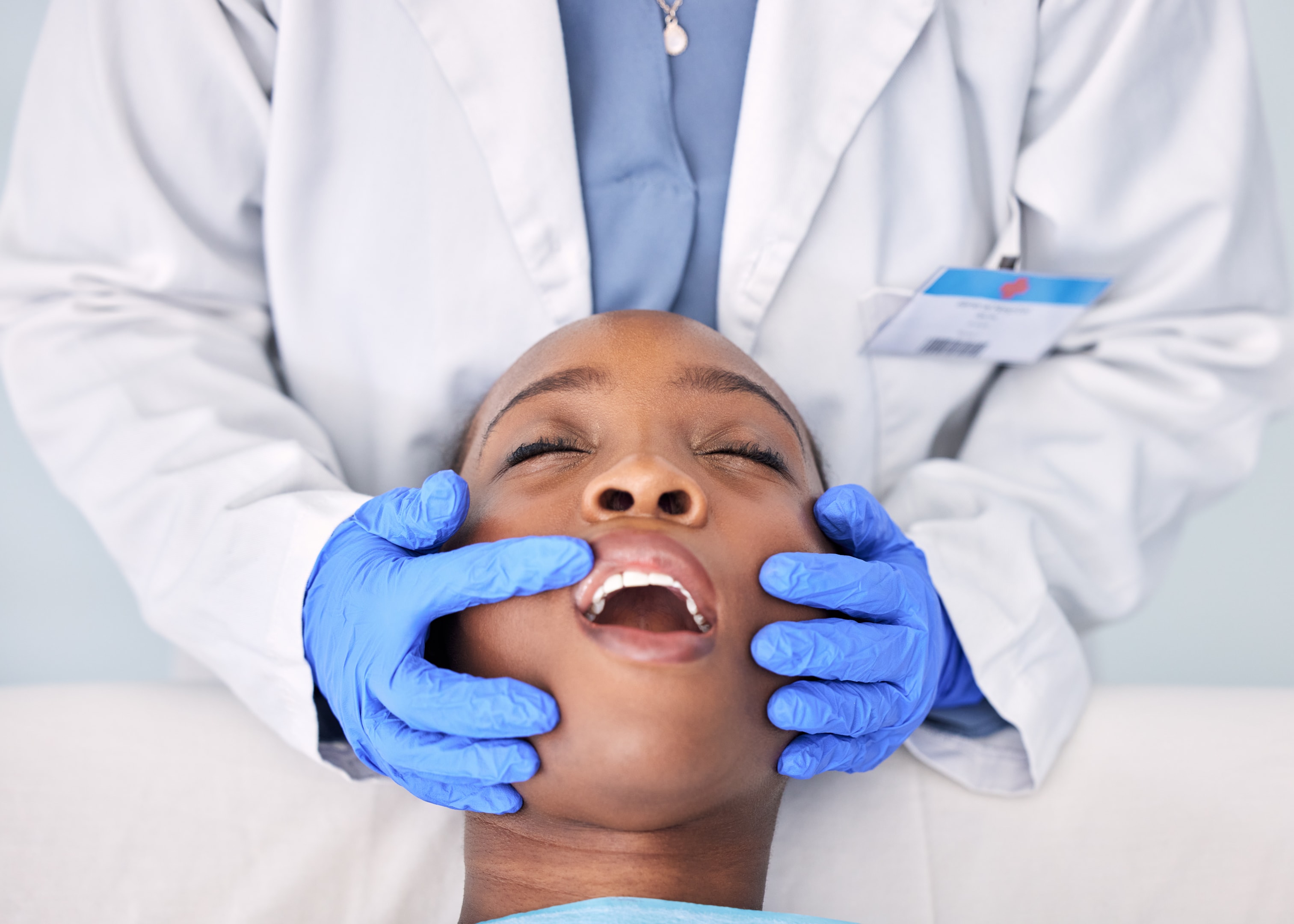
Physical therapy isn’t just for muscles and joints; it can also benefit bone graft healing. Specific exercises can improve blood flow to the graft area, promoting faster healing. These exercises are particularly beneficial for patients recovering from a dental bone graft. Here’s how:
Gentle Jaw Exercises
Your oral surgeon might recommend gentle exercises to maintain jaw mobility and prevent stiffness. These should be performed under professional guidance to avoid straining the graft area.
Overall Physical Activity
Staying active improves overall circulation and health, which can indirectly benefit your recovery. However, avoid strenuous activities that might put pressure on your jaw during the initial healing phase.
Practical Tip: Engage in light physical activity, like walking, to boost circulation and overall health without compromising your graft site.
6. Monitoring Progress and Follow-Up Appointments
Regular follow-up appointments with your oral surgeon are crucial to monitor the bone graft healing process and make necessary adjustments. These check-ups allow your surgeon to:
Assess Healing: Evaluate how well the graft is integrating with your bone.
Adjust Treatment: Make necessary adjustments to your post-operative care plan.
Provide Support: Address any issues or discomfort you might be experiencing.
Importance of Communication
Open communication with your oral surgeon ensures that any complications are detected early and managed effectively. Don’t hesitate to report any unusual symptoms or concerns.
Practical Tip: Keep a journal of your recovery progress and any symptoms to discuss during your follow-up appointments.
Conclusion: Your Path to a Stronger Jawbone

Bone grafting is a powerful procedure that can restore your jaw’s strength and functionality, setting the stage for successful dental implants and overall oral health. By understanding how to speed up bone graft healing, you’re taking an active role in your recovery journey.
At South Calgary Oral Surgery, our team of expert oral surgeons is dedicated to providing personalized care tailored to your needs. From the initial consultation to post-operative support, we’re with you every step of the way.
Remember, a healthy jawbone is the foundation of a beautiful, functional smile. With the right care and guidance, you can look forward to a swift recovery and lasting results. Stay proactive, follow your surgeon’s advice, and embrace the journey to a stronger, healthier jaw.
If you’re considering bone grafting or have questions about the procedure, don’t hesitate to reach out to South Calgary Oral Surgery. We’re here to help you achieve optimal oral health and a confident smile.

